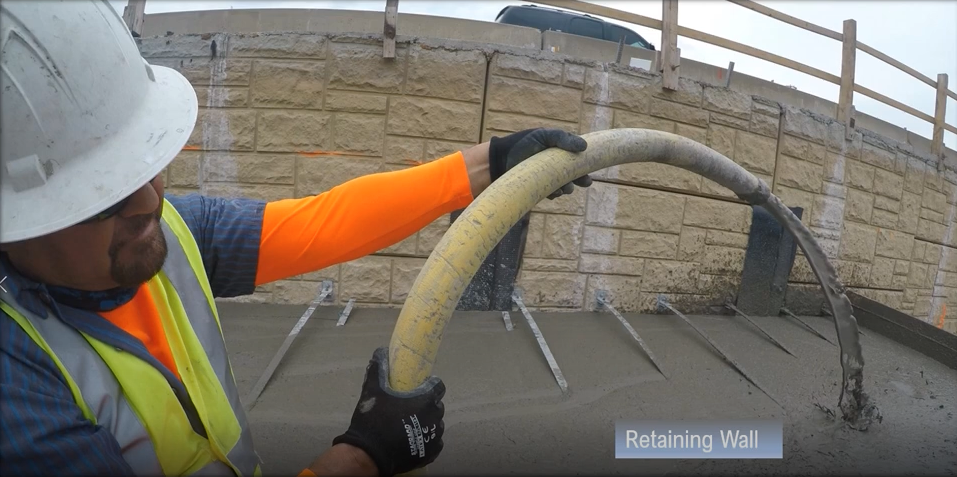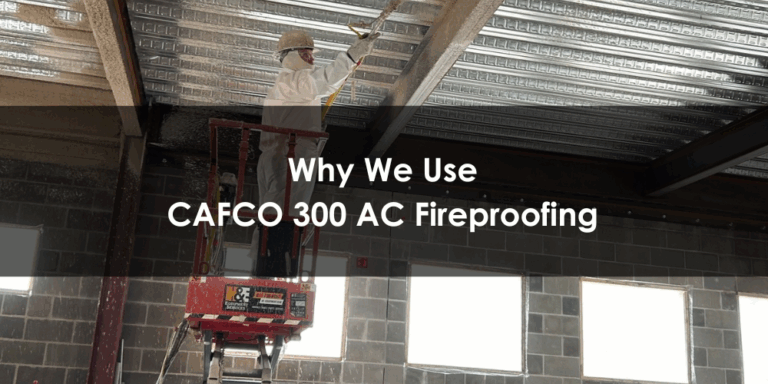Nettles is an industry leader in cellular concrete engineered fill, and our expert team is one of the largest and most respected installers of low-density cellular concrete (LDCC) in the country. Also known as controlled low-strength material (CLSM or LD-CLSM), low-density cellular concrete is a lightweight, highly flowable and flexible solution for a wide variety of engineered fill needs.

What is LDCC?
LDCC, also called cellular concrete, engineered flowable fill, flowable fill, controlled-density fill, flowcrete, foamcrete and liquid dirt, is a self-compacted cementitious material used primarily as a backfill in place of traditional compacted fill.
Like all cellular concrete, LDCC is manufactured by mixing Portland cement, sand, fly ash, water and pre-formed foam to create a hardened material with less strength and density than traditional compacted concrete. Typical LDCC ranges between 50 -1200 psi (traditional concrete can reach up to 3000-4000 psi).
Advantages of LDCC
The foam used in manufacturing LDCC creates a structure of discrete air cells within the concrete, which increases the volume, reduces the density, and improves the flowability of the material. Since no compaction is required, it flows steadily out of the pump outlet and can be pumped at substantial distances, making placement easier in confined or high-traffic areas.
Other advantages of LDCC include its lighter weight, fire resistance, thermal and acoustical insulation and relative cost-efficiency, making it an ideal solution for a variety of engineered fill applications. The Nettles team uses LD-CLSM for tunnel and pipe backfill, MSE and RSS wall backfill, landslip repair, utility insulation, soil stabilization, annular space grouting, and more.
Common applications
- Tunnel/pipe annular fills and utility insulation and fills: When new utility piping is tunneled underground or installed in a casing, the space around it must be grouted. LDCC is highly flowable, making it an ideal solution for these annular space fills. LDCC has a very low set temperature compared to traditional grout, which protects the new pipe from heat damage. Buoyant forces are also reduced during grouting, due to LDCC’s low-density.
- Soil stabilization and load reduction mitigation: LDCC can be used to reduce overburden and evenly distribute loads over poor soils. Mix design can be specialized for specific location and geomaterial behavior.
- MSE and RSS retaining wall backfills: Mechanically Stabilized Earth (MSE) backfills and Reinforced Soil Slope (RSS) Wall backfills are an excellent application for LDCC. Cellular Concrete reduces lateral forces on adjacent structures. Once cured, LDCC does not exert lateral pressure and the material has very low permeability, reducing the lateral pressure associated with water intrusion. This makes LDCC an excellent backfill material for retaining walls and foundations.
- Plaza decks and parking garages: LDCC can be designed to meet load parameters and restrictions. Typically structurally supported plaza decks allow minimal loads which is why LDCC is the proper choice. Plaza decks can be complex and intricate. LDCC will eliminate stress both in design and construction.
- Pipe trenching backfills and shaft backfills: LDCC is a quick and affordable solution for pipe trench fills and shaft backfills. Many use it as a permanent design feature, however due to its low-density, it can also be easily excavated for future maintenance and repairs.
- Roadway bases: Under the covering of asphalt paving most streets and roadways is 4-6 inches of granular rock or concrete material that can withstand the weight of traffic. With its lighter weight and lower density, LDCC is a perfect roadway substrate for areas with poor soils or where the road needs to be raised out of a floodplain.
- Underground fuel tank fills: Abandoned gasoline, diesel, and oil tanks beneath gas stations or rural areas can be up to 2-3 thousand cubic feet. LDCC is highly flowable and can be pumped from a substantial distance, making it a good solution for fuel tanks and other underground void fills.
- Insulation and isolation barriers: The preformed foam mixed to create LDCC creates a structure of air pockets to guard against both thermal and acoustical changes. When used in walls, roofs, floors, or foundations, LDCC offers more heat and sound insulation than traditional concrete.
Looking for an LDCC contractor?
Nettles Construction Solutions has a team of experts in the applications and installation of LDCC/Cellular Grout/Flowable Fill. Nettles has multiple offices, including locations in Kansas City, Houston, and Dallas. We work throughout the Midwest and South Central US with a focus on Texas, Louisiana, Oklahoma, Arkansas, Kansas, Missouri, Iowa, and Nebraska.




